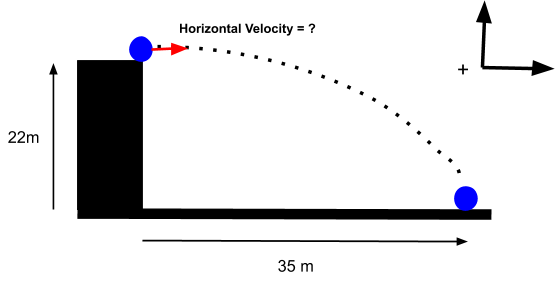All molecules are held together by bonds. These bonds come in different lengths, strengths, and numbers, but they all share one thing in common: energy. All bonds store energy which can be utilized in chemical reactions. To break a bond, energy must be put into the molecule, or system, and when a bond is formed, energy is released. The amount of energy absorbed or released is the same in each direction for a specific bond. For example: A single bond between two carbon atoms takes 350 kJ/mol to form. It also takes 350 kJ/mol to break. We can use this phenomenon to our advantage when attempting to determine the enthalpy change of a chemical reaction. The first thing you will need to solve problems in this manner is a table of bond dissociation energies. One can be seen below which outlines common bonds you may see:
 When we complete questions using heats of dissociation, we must make some assumptions. The first assumption is that, when our bonds break and form, all the energy is retained within the system. If this wasn’t true, our answer would not be accurate. We also assume that all bonds break in our reactants
When we complete questions using heats of dissociation, we must make some assumptions. The first assumption is that, when our bonds break and form, all the energy is retained within the system. If this wasn’t true, our answer would not be accurate. We also assume that all bonds break in our reactants
and reform in our products, even bonds not involved in the reaction. To solve questions in this way is only a matter of adding up all the energy needed to break the bonds in the reactants and subtracting all the energy released when we reform the bonds in the products. Let’s look at an example together:
 Step 1: Add up all the energy in the bonds of the reactants by multiplying the number of bonds of each type by the energy associated with that bond in the table above. For example, there are 3 C-H bonds in our reactants, and C-H has a bond dissociation energy of 410 kJ/mol. So, the total amount of energy stored in C-H bonds is 3 x 410 kJ/mol, or 1230 kJ/mol. The total for all the bonds, including the C-O, O-H, and H-Cl bonds, is 2472 kJ/mol.
Step 1: Add up all the energy in the bonds of the reactants by multiplying the number of bonds of each type by the energy associated with that bond in the table above. For example, there are 3 C-H bonds in our reactants, and C-H has a bond dissociation energy of 410 kJ/mol. So, the total amount of energy stored in C-H bonds is 3 x 410 kJ/mol, or 1230 kJ/mol. The total for all the bonds, including the C-O, O-H, and H-Cl bonds, is 2472 kJ/mol.
Step 2: Repeat this process, but instead add up all the bonds in the products. In this example we would add the following bonds: 3x C-H, 2x O-H, and 1x C-Cl. This brings us to a total of 2480 kJ/mol for the products.
Step 3: Subtract the total bond dissociation energy for the products from the reactants. This would be 2472 kJ/mol – 2480 kJ/mol, which equals –8 kJ/mol. The negative tells us that the reaction in question is exothermic, or it releases more energy than it absorbs. A positive enthalpy change means that the reaction is endothermic, or it absorbs more energy than it releases.
There we are! We have completed a question involving heats of dissociation and can now interpret our answer to determine whether our reaction is exothermic or endothermic.




